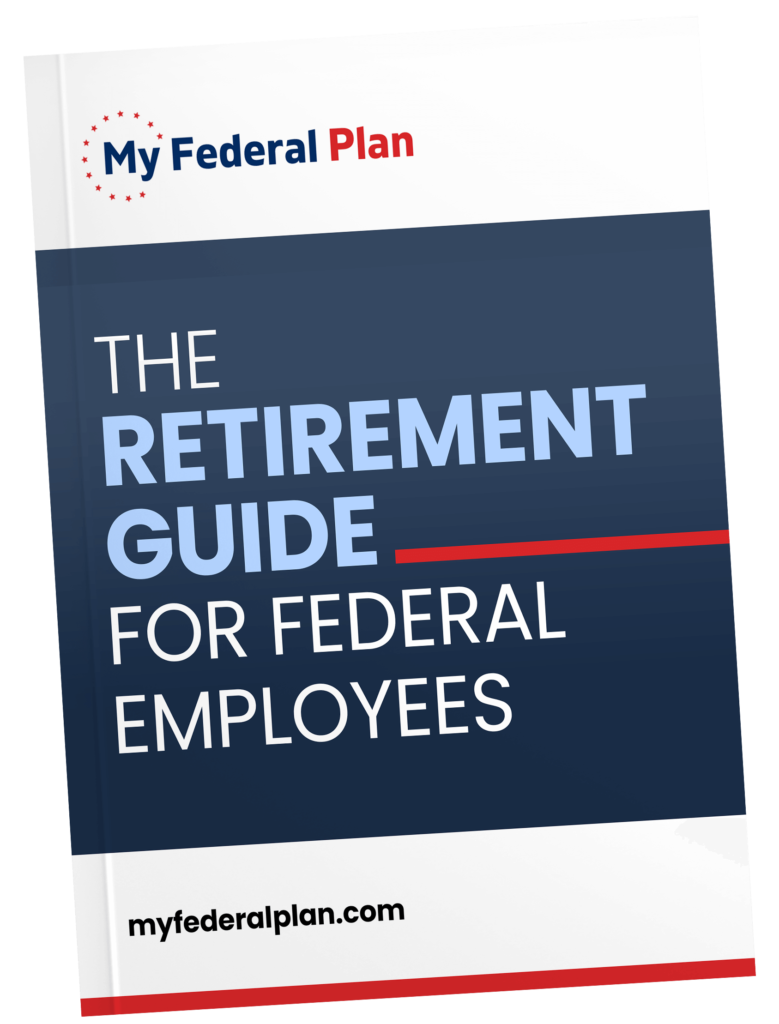It’s a growing reality for many millennials that their retirement years will soon be in front of them. This is why it’s necessary to make the proper preparations once it’s time to move to a new milestone in their lives. Since it’s a reality that the younger generation will also need to face, it’s important to familiarize themselves with the different retirement systems of the US.
The US government has in effect two retirement systems for federal workers: the much older Civil Service Retirement System (CERS) and the more recent Federal Employees Retirement System (FERS). These two retirement systems allow employees and employers in different positions to contribute money for their retirement fund. Since the two processes are unique, it’s important to identify the distinct differences between the two.
Understanding the CSRS plan
The CSRS is a classic pension plan that was established on January 1, 1920, similar to other plans arranged by labor unions and large companies. Its contribution format requires employees to pay a percentage of their salary, building up an annuity that should be sufficient to maintain their financial needs once they retire.
It’s possible to live off of one’s CSRS even without accounting for Social Security or retirement savings since it’s indexed for inflation. However, this retirement system will also face its due end after all beneficiaries die off. For this reason, the FERS was born to account for a new standardized retirement system.
Moving from CSRS to FERS
FERS was created much later than CSRS being in effect from 1987 onwards. Currently, all federal employees are automatically enrolled in a FERS plan without a choice of electing for a CSRS. However, it’s possible for some workers who were currently under the CSRS system before 1987 to co-opt the other retirement system.
Under the FERS plan, an employee receives a much smaller pension. This is because a FERS plan isn’t meant to fund a person’s full financial needs after retirement. This is where a person’s Social Security will add up to the pension program. A thrift savings plan (TSP) has similar policies to a 401(k), so a FERS employee may have insufficient funding during retirement without proper planning.
However, one of the many advantages of utilizing a TSP is the benefit of having more flexibility on the accumulated equity value. Because of this, it’s entirely possible to double the typical CSRS workers’ accumulated savings, even if a CSRS employee has greater pension benefits.
Comparing Different Benefits and Rules
Employees still under the CSRS system still enjoy some advantages over the employees under a FERS plan. However, the matter just comes down to how well you value some benefits over others.
For example, the FERS plan has greater disability benefits for federal employees, this is because CSRS employees aren’t usually entitled to Social Security disability coverage due to insufficient credits. On the other hand, survivors of CSRS employees receive up to 55 percent of unreduced initial CSRS benefits. In comparison, FERS survivors can receive 50 percent of this benefit only after a 10 percent reduction.
Conclusion
Soon enough, the differences between CSRS and FERS plans will no longer be an issue once the last beneficiary dies off around 2075. Since the application for new entrants for a CSRS plan is no longer possible, it’s necessary for workers still under this retirement plan to confirm the specifics with their employers. On the other hand, employers under a FERS plan should be more strategic in using their financial flexibility before reaching their retirement years.
If you need assistance with federal employee retirement planning, you’re in the right place. Our team at My Federal Plan can guide you through the different financial strategies you can take to maximize your retirement benefits and savings! Contact us to schedule a free retirement planning session today!

